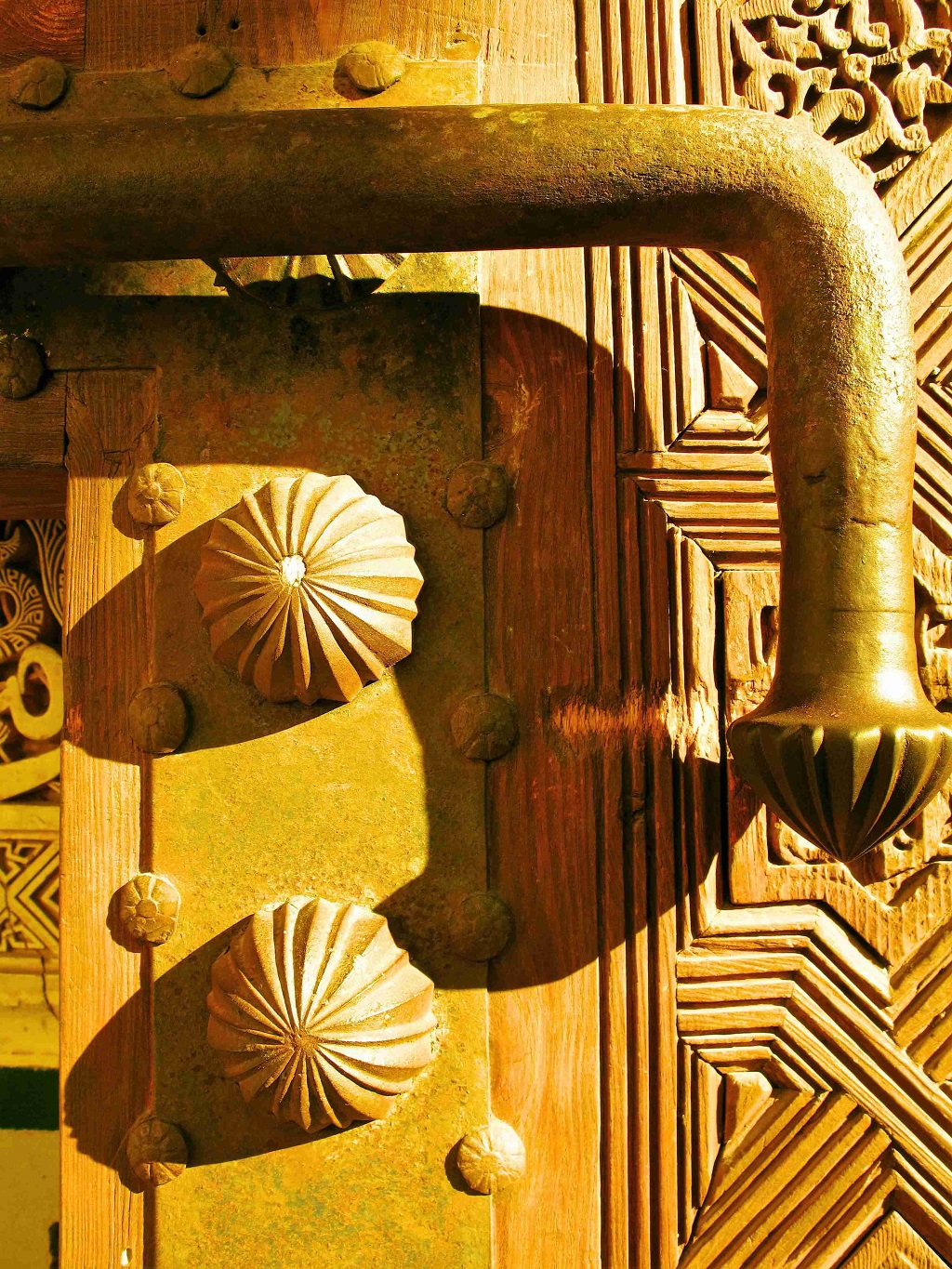Moorish Spain
The name 'Andalucia' is derived from the Arabic word Al-Andalus which comes from an older name for the region, Vandalucia or land of the Vandals. Historically, the most important influences on the region come from the Moors and the Romans. The Moors made the region their home for eight centuries and their presence gave rise to a unique cultural exchange between East and West. Andalucia has been marked permanently by their legacy which can still be admired in monuments such as the Alhambra Palace in Granada, the Mosque in Cordoba and the Royal Alcázar in Seville. Broader influences can still be appreciated through the impact of agriculture on the landscape, the gastronomy of the region, and the hospitality and customs of the people.
The Routes of Al-Andalus have been developed and organised by the Andalucian provincial government and provide a convenient way to view some of Andalucia’s rich history. The Route of the Caliphate links the two most important Moorish towns of Granada and Cordoba. Between the two towns lies a land of legends, castles and watchtowers. The Route of the Nasrids records the final period of Moorish Spain through its reconquest by Christian forces in the thirteenth century. The Route of Irving Washington follows the travels in 1829 of the American author now inextricably linked with the Alhambra and Granada.
The location of La Atalaya coincides with the frontier that existed during the 14th and 15th centuries between the Muslim and Christian regions of Spain. During this period Alcala la Real was a frontline settlement on this border and became the headquarters from which to undertake the conquest of Granada. The Moor fortresses at Moclin, Montefrio, Illora and Colomera became part of the defences against invasions by guarding the routes to Granada. The strategic locations of the many watchtowers at Moclin and Alcala la Real evidence the tensions that existed at this time. Visits to these and other fortified towns wind you through natural corridors in the landscape meandering through cultivated upland plains and narrow gorges in the steep terrain. They provide numerous opportunities to savour the contrast between the old and modern in the land, settlements and culture of rural Andalucia.

